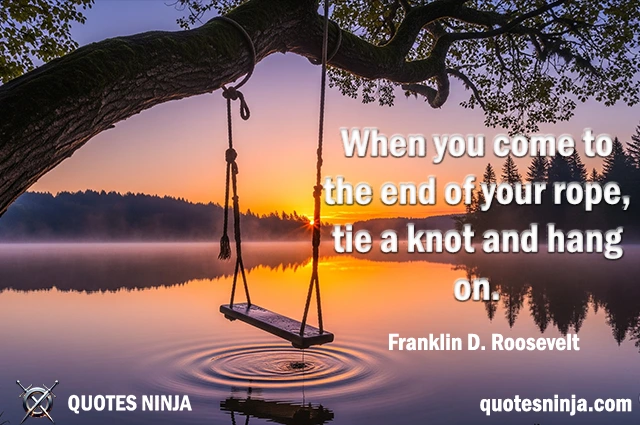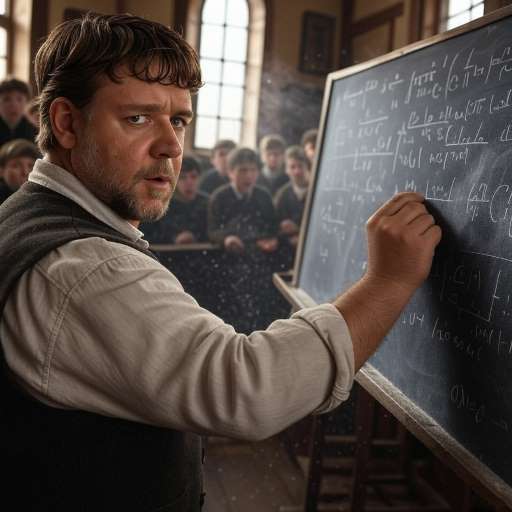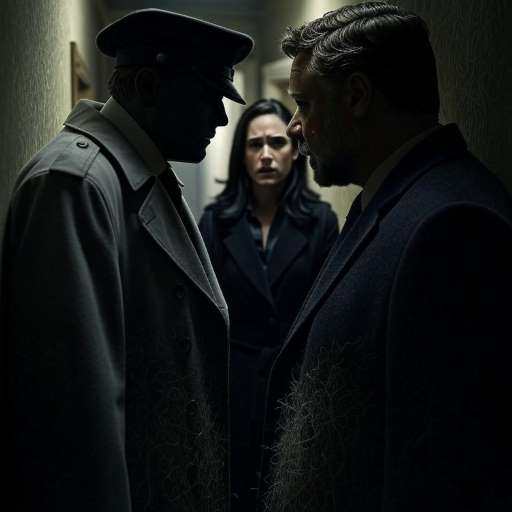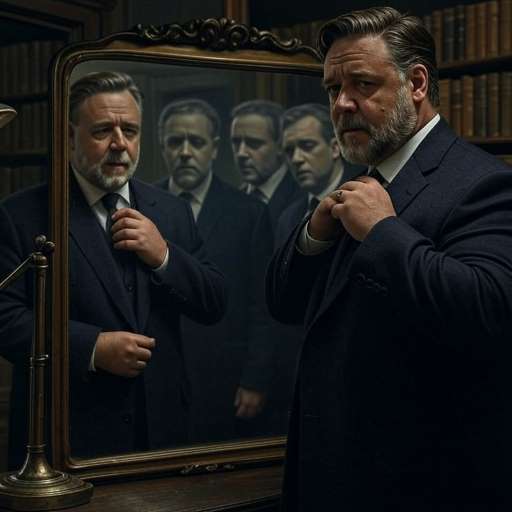
Deeper Meaning of Perseverance Quote
Perseverance Quote: “When you come to the end of your rope, tie a knot and hang on.”
This Quote, is commonly attributed to Franklin D. Roosevelt, the 32nd President of the United States. And this quote is a metaphor for resilience and perseverance.
Let’s break it down:
- “When you come to the end of your rope”
This means you’ve reached your limit — emotionally, physically, or mentally. You’re exhausted, frustrated, or ready to give up. - “Tie a knot”
This suggests taking action to secure yourself — finding a way to hold on, even if just barely. It could be a coping mechanism, support system, or inner strength. - “And hang on.”
Don’t give up. Stay strong through the tough moment. Even if you can’t move forward, at least don’t let go.
This quote tells, when you’re at your breaking point, do whatever you can to stabilize yourself and endure. It’s about holding on through hardship instead of giving in to despair.
Here’s a story inspired by Perseverance Quote “When you come to the end of your rope, tie a knot and hang on.”
Perseverance Story: “The Knot at the End“

The Young Genius at the Blackboard:
The lecture hall buzzed with whispered awe. Young John Nash, a Princeton mathematician with piercing eyes and a restless mind, had just scribbled a revolutionary concept on the blackboard. Even the chalk seemed to hesitate before touching the surface, as if sensing it was part of something historic. Nash barely noticed the murmurs around him. Recognition didn’t matter — the math did.
At that point, Nash stood at the beginning of his rope — ambitious, idealistic, and driven by a fierce need to find a truly original idea. And he did.
Nash’s theory of equilibrium would go on to redefine economics and win him the Nobel Prize years later. However, between that genius and that glory, lay a darkness so thick that even numbers couldn’t explain it.
Years passed. Nash’s brilliance continued to shine, but so did something else — something more dangerous.

The Descent into Delusion:
Nash began seeing people who weren’t there. A roommate who never aged. A young girl who never changed clothes. A government agent who spoke in code. Gradually, the rope beneath him began to fray.
His wife, Alicia, noticed the change. At first, it was subtle. He mumbled to himself. He stared too long into corners. Then, the breaks came harder — paranoia, fear, erratic behavior. Eventually, she stood by helplessly as he screamed about Soviet plots and secret missions. The man who once saw patterns in chaos now saw chaos in patterns.

Alicia Holding Him After the Diagnosis:
Then came the diagnosis: schizophrenia.
Nash, the mathematical prodigy, felt the rope snap. He was no longer in control — not of his thoughts, not of his life, not even of his identity. He had every reason to let go. However, he didn’t.
Instead of surrendering, Nash tied a knot. It wasn’t made of equations or chalkboards — but of determination, love, and fragile hope. The knot came in many forms: Alicia choosing to stay by his side; his decision to refuse shock therapy; and most of all, his slow, painful resolve to separate reality from delusion through sheer will.
Rather than give in to the voices, Nash began questioning them. “Why are you not aging?” he asked the young girl who had haunted his hallucinations for years. It was a small question, but a decisive one — the kind that signalled a battle was being fought, and more importantly, that someone had decided to fight it.

Nash Looking in a Mirror, Surrounded by Shadows:
The transition from madness to clarity didn’t happen overnight. There were days Nash wandered through the halls of Princeton, talking to no one, yet nodding at imaginary figures who still lingered at the edge of his vision. Yet, gradually, he began to understand — they were not real. He chose not to engage with them. That was his way of hanging on.

Nash in the Princeton Courtyard:
Despite rejection, isolation, and academic exile, Nash kept showing up. He walked campus corridors, observed classes quietly, and scribbled in notebooks, always searching, always trying. Faculty members, once sceptical, started acknowledging his effort. Over time, they invited him back to teach and participate. It was not just a return to mathematics, but to life itself.
Meanwhile, Alicia remained the silent strength behind him. She had her own rope to hold onto. Raising a child, bearing the weight of a partner who often wasn’t fully present, enduring the judgment of a society that didn’t understand mental illness — her knot was love. Simple, unwavering love.
Eventually, Nash stood once again before a chalkboard, older, quieter, but not defeated. His voice had lost its edge, but not its conviction. The delusions never fully left, but he learned to live around them. And perhaps most powerfully, he did so without medication — not out of pride, but because he had found a different kind of control: acceptance without surrender.

The Nobel Prize Moment:
In 1994, John Nash received the Nobel Prize in Economic Sciences. As he stood before a room filled with the world’s greatest minds, the applause thundered not just for his academic contribution, but for his courage. The knot he had tied at the darkest point in his life had held. He had not only survived — he had transcended.
Reflecting on his journey later, Nash said, “I still see things that are not there. I just choose not to acknowledge them.” It was a quiet truth — and a monumental one. His story wasn’t about being cured; it was about enduring.
Here is the ending of perseverance story from the quote “When you come to the end of your rope, tie a knot and hang on.”
Moral of the story:
This quote, finds its living embodiment in John Nash’s journey. A Beautiful Mind shows that genius isn’t just brilliance in thought — it’s perseverance in suffering. It’s the ability to redefine what success looks like when the world turns upside down.
When Nash reached the end of his rope — when schizophrenia threatened to consume everything he’d built — he didn’t let go. He tied a knot: with Alicia’s help, with self-awareness, with grit. And he hung on. Through fear, through confusion, through stigma — he held tight.
Because sometimes, that’s the most heroic act of all.
To explore more on stories and dive into related ideas, be sure to check out the other posts where we cover all sort of stories related to quotes. Stay tuned for more…..
To explore more on quote topics, be sure to check out the other topics where we cover all categories of quotes. Stay tuned for more…..

